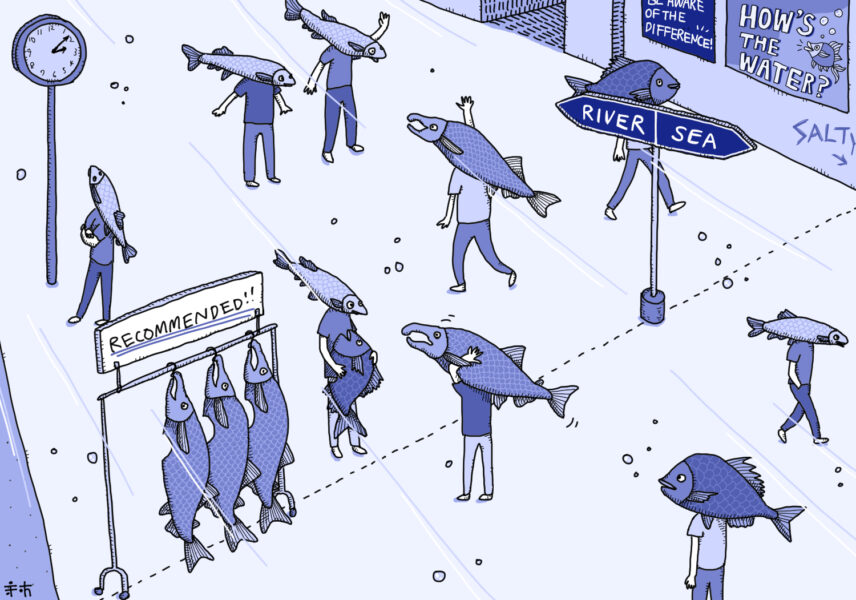Urszula Frey (Local Studies, Gender Studies, Media Studies, Sociology)
This spring, I had an opportunity to teach a new subject to undergraduate students, called cultural agility. I was interested in human communication before, and I already had experience in teaching how humans use nonverbal communication to communicate. Cultural agility is obviously related to nonverbal communication, but there is much more to cultural agility than just gestures or eye contact. Cultural agility is a set of abilities that allows a person to adapt to different cultures so that they can communicate with others efficiently. These different cultures are not limited only to cultures of different nations, but they also include people from different generations, religions, or genders.
Many books that talk about cultural agility are business-oriented. They handle topics that would make conducting business across borders and across different cultures easier. Erin Meyer’s book, The Culture Map: Breaking Through the Invisible Boundaries of Global Business, is no exception. Its content is business-oriented. However, what makes this book different from others is that it carefully explains why these cross-cultural misunderstandings come to life. In a similar manner to other writers, as a true American author, Erin Meyer gives us real-world-based examples to illustrate cross-cultural misunderstandings. What sets her work apart is that, as a professor employed at INSEAD Business School in France, she uses research findings and communication theories to explain the reasons for the differences. Therefore, her work can satisfy readers from both application-first (e.g., the US) and principle-first reasoning countries (e.g., France), and we can learn about both cultures in chapter 3.
I think two chapters are of particular importance when it comes to international research collaboration – chapter 2, on how to express negative feedback, and chapter 7, on how to disagree. In research collaboration, to ensure progress, it is important to give feedback to research colleagues. It’s easy to give positive feedback, but is it as easy to give negative feedback in a cross-cultural setting? In Japan or Thailand, for example, negative feedback is given subtly, and positive words mask the negative message. In the Netherlands or Germany, negative feedback is provided frankly and without any positive words to soften the message. A harsh message from a German colleague might scare away a Thai researcher; a subtle negative message provided by a Thai collaborator might go totally unnoticed by a German colleague.
In every project, communication is important. Some people like to engage in discussions more than others, but how people discuss matters, and more importantly, how people show disagreement, seems to differ depending on culture. In chapter 7, Erin Meyer informs readers that there are confrontational and confrontation-avoidant cultures. In confrontational cultures, debate and expressing disagreement is seen as a way to find a solution out of many possible options. When people disagree, they disagree with someone’s opinion and not with them as a person. In confrontation-avoidant cultures, the situation is different. Here, debate and open disagreement are avoided. If you disagree with someone, this may affect your relationship. If you hold a meeting with Thai researchers and want to discuss and receive feedback on the progress of the research, the feedback might be very different from that given by German colleagues. To ensure that communication is done properly, it is important to remember that some people avoid saying anything negative or showing disagreement.
Erin Meyer’s book, The Culture Map, intended readers may have been people of the business world, but I feel that her book can improve cross-cultural communication and explain the reasons for possible miscommunication in academia as well.
(Illustration by Atelier Epocha)
This article is also available in Japanese. >>
「異文化コミュニケーションを鍛える」
(フレイ ウルスラ)






